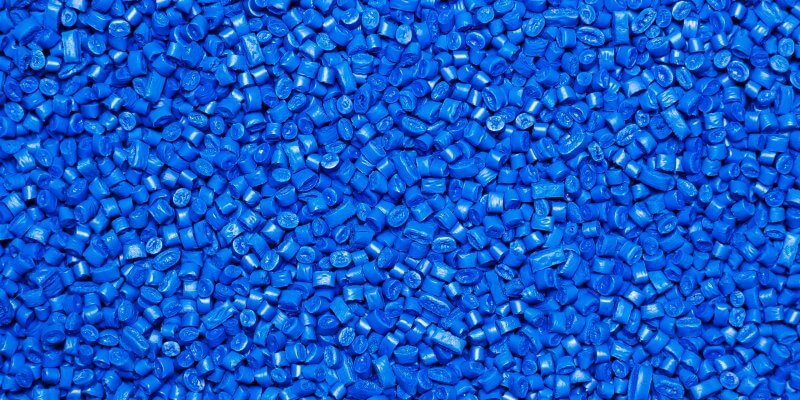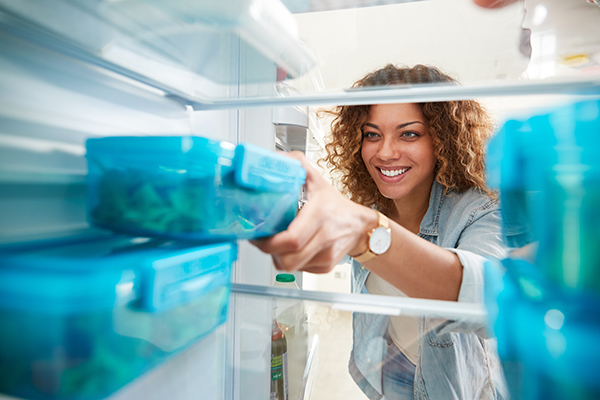Can You Microwave Plastic?
To know if a plastic container or plastic wrap is microwave safe, you should look on the packaging material for a “Microwave Safe” label. Plastic products with an imprinted microwave symbol can be used in the microwave. This symbol is mostly used on reusable plastic storage containers.
What Does “Microwave Safe” Really Mean?
When you see a container labeled “microwave safe,” it’s not just a marketing term. The label means the material has been tested and has been shown to withstand heat without breaking down or transferring substances into food.
In the United States, the FDA) oversees the safety of food contact materials, including plastics. FDA undertakes a safety review for all new food contact materials before permitting them on the market.
The FDA requires stringent testing to evaluate:
- Chemical composition
- Heat exposure limits
- Migration levels (how much of a substance can transfer into food)
- Toxicity data for all relevant components
In short, if a plastic is approved for microwave use, it’s because it’s been found to be safe under those conditions evaluated by the FDA.
Is my Container Microwave-Safe?
To see if a plastic container or wrap is microwave-safe, check the label:
- Products labeled “Microwave Safe” can be used in a microwave.
- Products labeled with an imprinted microwave symbol can be used in the microwave. This symbol is mostly used on reusable plastic storage containers. Learn more about the different types of plastic food packaging and symbols.
- Other plastic containers, packages or wraps may include instructions for proper microwave use on their labels.
Some types of plastics, such as plastics used in butter tubs and deli containers, are designed for cold food storage, not for reheating. If the container in question is not labeled for microwave use, put your food in a “Microwave Safe” container before heating it in the microwave.
Answering common questions about food packaging:
How is the safety of food packaging evaluated?
Food packaging materials are strictly regulated by the FDA, using rigorous scientific standards. FDA regulates the safety of substances added to food, as well as how most food is processed, packaged, and labeled in the United States.
Can chemicals migrate into food from food packaging?
All food packaging materials–whether glass, aluminum, paper or plastic – may contain substances that can “migrate” in very miniscule amounts to foods or beverages. FDA reviews the safety of packaging components that can reasonably be expected to migrate into food, even in tiny amounts, using comprehensive evaluations that focus on several factors, including cumulative exposure to food contact substances, the type of packaging used, and the safe levels of exposure to the material.
How does FDA regulate food packaging safety?
FDA has an entire office—the Division of Food Contact Substances—employing chemists, toxicologists, and other scientific staff with extensive knowledge and training that evaluate the safety and environmental impact of chemicals used to produce packaging.
The evaluation process that FDA undertakes includes close review of studies and tests that address the impact of food contact substances on both animals and people, as well as all studies and tests related to identity, stability, purity, potency, performance, and usefulness.
Is BPA safe to use in food packaging?
Based on government research, along with results from other studies, FDA has evaluated the safety of BPA used in food packaging and has consistently found BPA to be safe.
In the fall of 2014, FDA experts specializing in toxicology, analytical chemistry, endocrinology, and epidemiology completed a four-year review of more than 300 scientific studies, and found no safety issues with BPA in typical use.
More recently, a multipronged U.S. government research program reported findings from the CLARITY Core Study, designed to assess the potential health effects of long-term exposure to BPA, which found that consumer exposure to BPA is very low and there is no risk of health effects from BPA at typical human exposure levels, even if people are exposed to BPA throughout their lives.
Are phthalates safe to use in food packaging?
Phthalates are primarily used to make polyvinyl chloride (PVC), or vinyl, found in some products like resilient flooring and flexible coatings for protecting wires for laptops and phone chargers. Phthalate plasticizers are typically not used in plastic food packaging.
Phthalates have been thoroughly studied and reviewed by a number of government scientific agencies and regulatory bodies worldwide, and numerous agencies have concluded that phthalates used in commercial products do not pose a risk to human health at typical exposure levels.
Are per- and polyfluoroalkyl substances (PFAS) safe to use in food packaging?
Some PFAS are FDA-approved for use in food contact applications. FDA-approved uses of PFAS include grease-resistant food packaging and paper. The PFAS compounds that are currently allowed for use in food packaging are supported by a robust body of data showing that these materials are unlikely to pose health risks when used as intended. These data have not found that PFHxA exhibits carcinogenicity, mutagenicity, or genotoxicity, nor that PFHxA is an endocrine disruptor or has adverse effects on reproduction. Studies have also shown that developmental effects are mixed and occur at higher doses than other endpoints.




